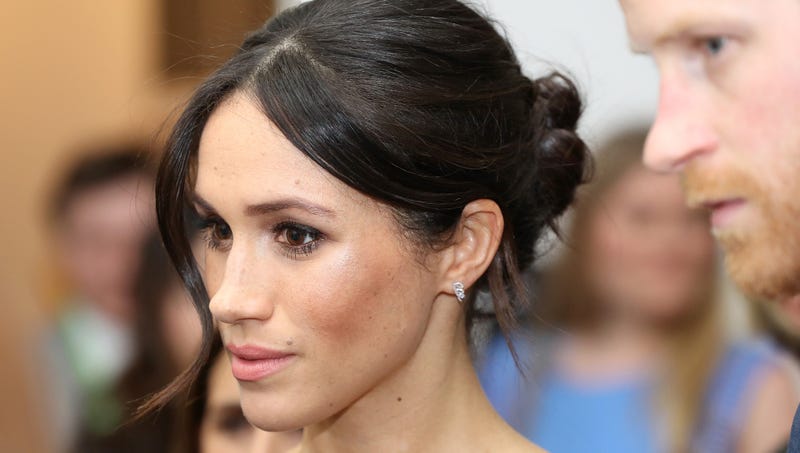Jesmyn Ward: ‘Black girls are silenced, misunderstood and underestimated’Posted in Articles, Arts, Interviews, Media Archive, Mississippi, United States on 2018-05-19 22:54Z by Steven |
Jesmyn Ward: ‘Black girls are silenced, misunderstood and underestimated’
The Guardian
2018-05-11
Lisa Allardice, Editor
Guardian Review
 Jesmyn Ward: ‘I fought from the very beginning.’ Photograph: Sarah Lee for the Guardian |
The author of Sing, Unburied, Sing, had a tough childhood in Mississippi, survived Hurricane Katrina, and became the first woman to win two US national book awards for fiction
If Jesmyn Ward’s fiction tends towards the epic, that is maybe because her life has been marked by monumental events. “I fought from the very beginning”, she says. Born prematurely at just 26 weeks, she was badly attacked by her father’s pit bull as a small child, her younger brother was killed at 19, and, along with several generations of her family, she sheltered from Hurricane Katrina in a truck. Yet today she is the first woman to win the US national book award for fiction twice, hailed by a leading reviewer as “one of the most powerfully poetic writers in the country”. And on the morning we meet, it has just been announced that she has been shortlisted for the Women’s prize for fiction for her novel Sing, Unburied, Sing…
Ward’s subject is what it means to be poor and black in America’s rural south, where “life is a hurricane”. Modern Mississippi, she says, “means addiction, ground-in generational poverty, living very closely with the legacy of slavery, of Jim Crow, of lynching and of intractable racism”. In her first novel, Where the Line Bleeds (2008), she felt she “protected” her characters from these brutal realities, because she knew and cared about them too much: “So I kept pulling my punches. And later I realised that was a mistake. Life doesn’t spare the kind of people who I write about, so I felt like it would be dishonest to spare my characters in that way.”…
Read the entire interview here.






/cdn.vox-cdn.com/uploads/chorus_image/image/59725481/lead_art_megan_markle.0.jpg)